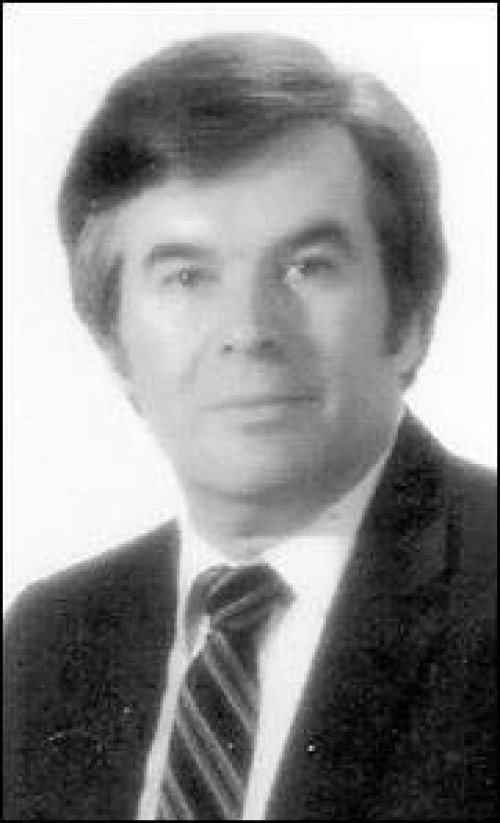
Leo Pahlke
October 8, 2007October 10
October 10, 2007Local traffic counts posted on the Internet and extending Valhi Boulevard in Houma to U.S. Highway 90 were discussed at Thursday’s meeting of the Houma-Thibodaux Metropolitan Planning Organization’s Policy Committee.
The MPO is a federally-mandated and funded advisory body on transportation issues made up of local public officials.
The organization showcased its Web-Based Traffic Count Database System at the meeting. The system gives a daily tally of traffic passing along roads in Terrebonne and Lafourche parishes.
The MPO bought the database software, and pays an annual maintenance fee of $800 to $900.
“It’s a way for us to interface with the public,” said Kevin Belanger, CEO of South Central Planning and Development Commission. “The public can eliminate unuseful time. It’s useful to know what the counts are.”
Visitors to the database site can click on an icon positioned on a local road map. The icon indicates the number of cars passing along the road for each hour of the day.
The Web site lists a recent history of the traffic count for a location. It also gives a range of speeds for cars traveling along a road.
Call the Houma-Thibodaux MPO at (985) 851-2900 for information about accessing the database.
The number of cars using local parish roads will be increasing, according to L.P. Ledet, a planner with Neel-Schaffer. The engineering firm has offices throughout the southeastern U.S., including Lafayette.
Ledet displayed a current map showing 15,000 to 20,000 vehicles a day using U.S. Hwy. 90 in northern Terrebonne Parish, 14,200 using Little Bayou Black (La. Hwy. 311), and 28,000 vehicles a day utilizing Martin Luther King Boulevard in Houma.
Showing another map, Ledet projected, by the year 2025, 33,830 cars using U.S. Hwy. 90 a day, and 22,000 passing along Louisiana Highway 311.
An extension of Valhi Boulevard to U.S. 90 roughly paralleling Hwy. 311 would lessen traffic problems on Hwy. 311, several committee members said.
The proposed Valhi Boulevard extension would be four lanes.
The MPO has previously discussed expanding the heavily-traveled Hwy. 311 to four lanes but Belanger, Louisiana Department of Transportation and Development representative Michael Stack, and Terrebonne Parish Councilman Peter Rhodes strongly favored constructing the Valhi extension instead.
“Valhi Boulevard is a good alternative to widening (Hwy.) 311,” Belanger said.
“A Valhi extension would be faster (to build), cheaper,” Rhodes said.
The extension would cut through cane fields on low-lying land not easily suited for commercial development, Stack said.
“It’s cheaper than four-laning Hwy. 311,” Stack said.
State funds can be spent on Hwy. 311 improvements because it is a state highway. Since Valhi Boulevard is parish-owned, lengthening the street would be paid with local money.
In response to a question from policy committee member Pat Gordon, Terrebonne Parish planning director, about state funding already allocated for Hwy. 311’s widening, Belanger said that no money for engineering or construction has been set aside for that project.
Stack said, “State money is not there, not in the future.”
He added he would work to secure state funding for improvements to Hwy. 311. However, placing turning lanes on Hwy. 311 could be risky because the road is a high-speed corridor, he said.
Ledet pointed out that, instead of constructing an interchange at Valhi Boulevard and U.S. Hwy 90, Valhi could connect less expensively with Hwy. 311, a little south of U.S. Hwy. 90.
Later at the meeting, Belanger advocated less reliance on in-state big contractors to carry out road improvements in Louisiana. Use of more out-of-state contractors and in-house expertise could save the state $250-300 million a year, he said.
Belanger indicated the large number of roads built by former Gov. Huey Long’s administration.
“We’re at the mercy of contractors not in the state,” he said. “But one of the negatives is we will have to battle the huge contractors. We cannot continue to allow contractors to hold the public interest at bay,” he said, citing long delays involved with constructing the Prospect Street Bridge in Houma.








